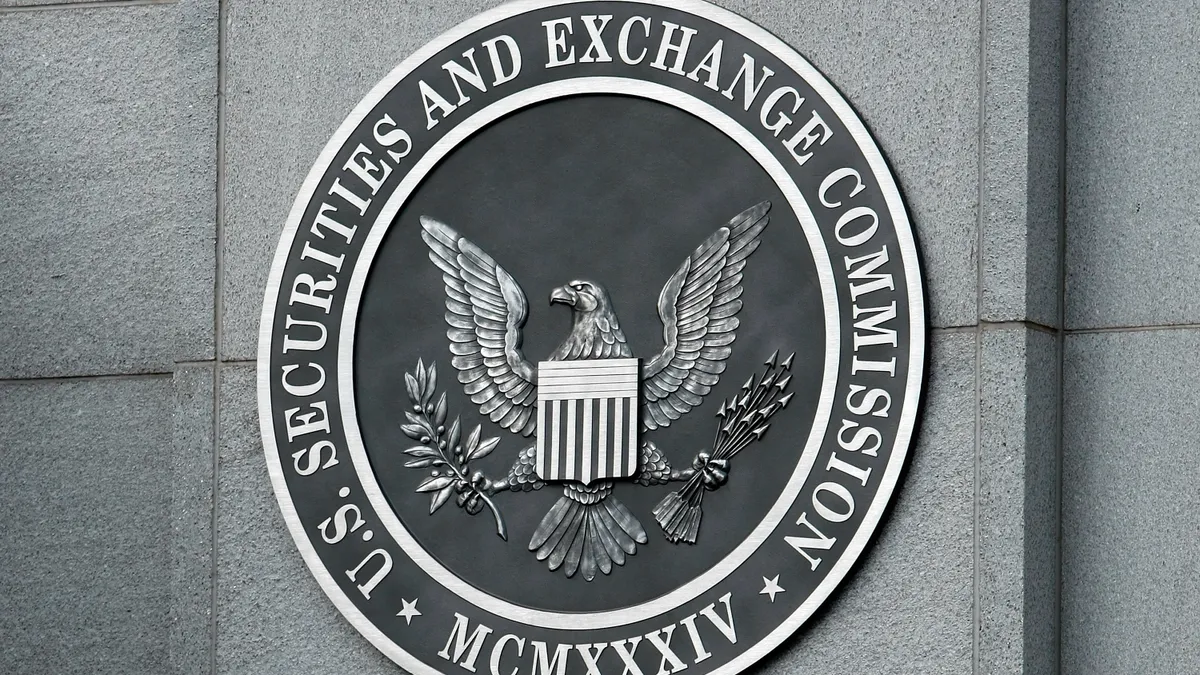The Securities and Exchange Commission approved its long-awaited climate disclosure rule March 6, concluding a journey that began almost two years ago when the agency released its initial proposal.
The final rule — a slimmed-down version of the original — passed with a 3-2 vote count split on party lines, with some of those in favor arguing the agency had not gone far enough, while its critics alleged the agency had exceeded its authority.
The SEC scrapped scope 3 emissions disclosures entirely, a result many experts and corporations anticipated following staunch pushback the agency received in comments on its proposal. The SEC said it received over 24,000 comments since unveiling the proposed rule in March 2022, including around 8,100 in the three days leading up to the vote. The agency’s final rule also scaled back scope 1 and scope 2 reporting requirements for companies.
After the vote, Chair Gary Gensler told reporters the final version of the rule was “responsive to the various comments [made] by investors and issuers.”
“I think that it's important for an agency like ours to adopt rules that we believe are within the law and can be sustained over the long run, rather than do something that is beyond our remit or is going to be overturned in court,” Gensler told ESG Dive during a media roundtable.
Despite paring down the climate disclosure rule, the regulatory agency has already begun to face legal challenges from both ends of the spectrum: Environmental organizations are contesting the “arbitrary removal of key provisions” from the final rule, and some Republican-led states have filed suits that intend to block the rule’s implementation.
ESG Dive has followed the finalization, examining the SEC’s process, from what was in its initial climate disclosure proposal in 2022, to its revisions and eventual approval in 2024. Read more here, as we keep track of updates, legal pushback and how companies prepare to comply.












